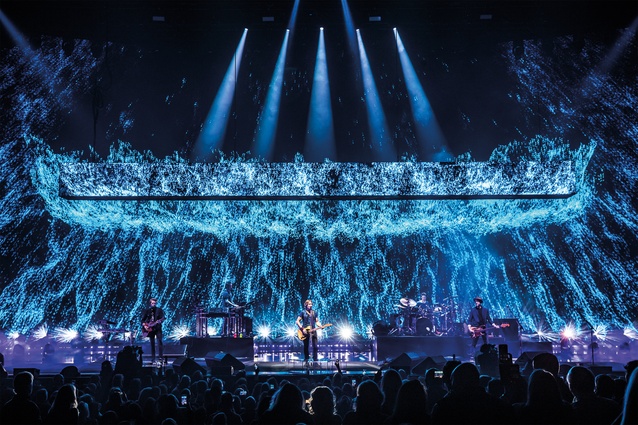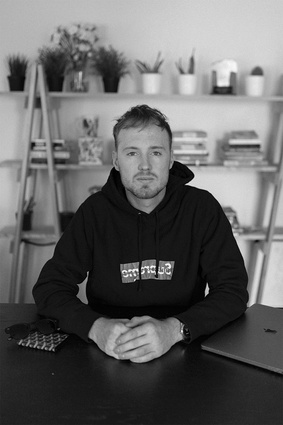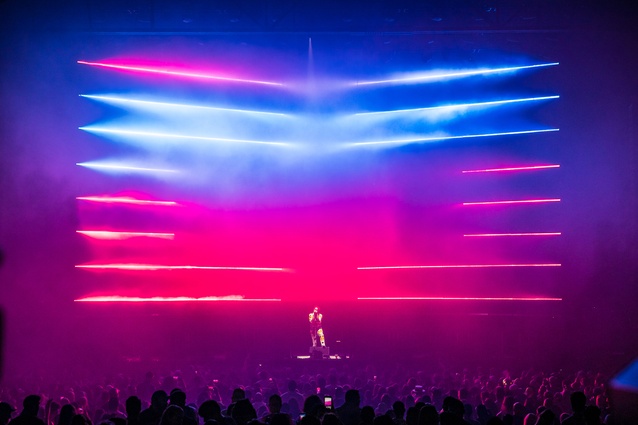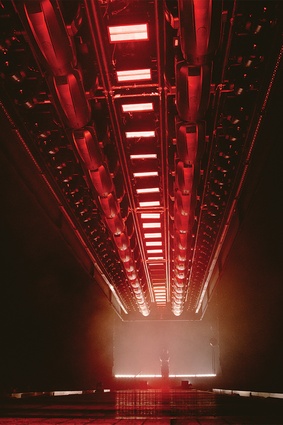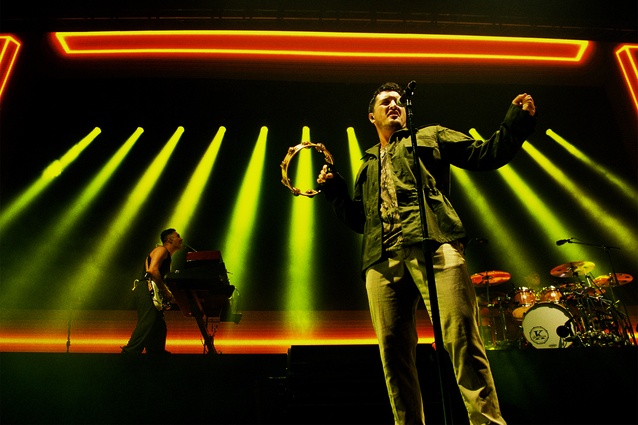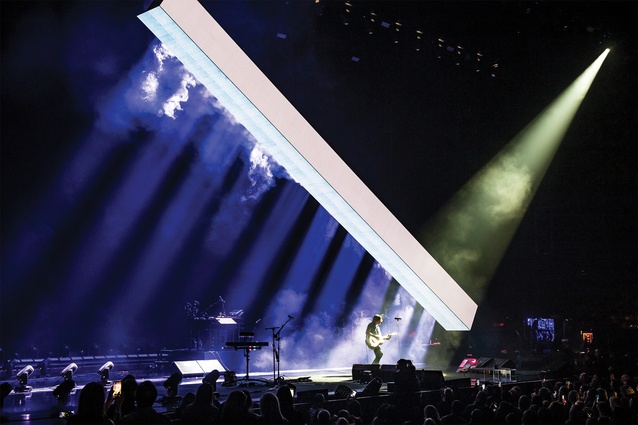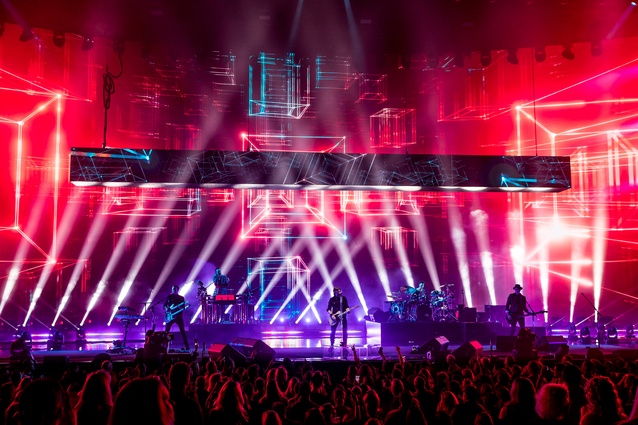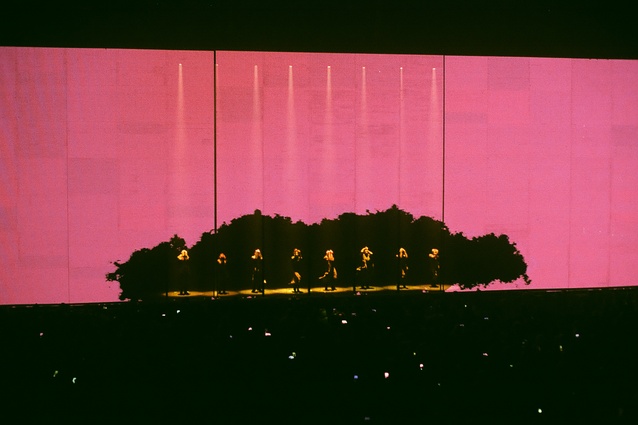Designer interview: Ben Dalgleish
Wellington-raised stage-lighting designer Ben Dalgleish has worked with the likes of Drake, Post Malone, Janet Jackson and many more. Julia Gessler caught up with Dalgleish backstage as he prepared to unveil his latest machination for Six60.
Julia Gessler (JG): How did you become involved in concert lighting design?
Ben Dalgleish (BD): I started about 10 years ago in Wellington. I used to play drums in bands and wasn’t making any money or getting anywhere with that, so I decided to try and do lighting for some local bands; it went really well. I started in an all-ages circuit [before] working with first-tier New Zealand musicians like The Mint Chicks and Liam Finn. Then I moved on to working for classic New Zealand bands like The Black Seeds and The Phoenix Foundation. Since then, I’ve left New Zealand and moved to Los Angeles.
JG: You have worked with Six60 for many years now. In what ways is their increasing popularity influencing what you are doing now as opposed to back then?
BD: Five, six years ago, they didn’t have a big budget and had a limited range of what they could do. They wanted something simple and, since I have gone overseas, I have found that using big, bold strokes has the most impact. I suppose all of us have a lot of confidence now in what we do. I feel like, this time around, there is just a lot of passion for trying to do the best show possible and not having any excuses. We used to be so restricted in New Zealand as to what equipment and ideas and technology were available but, now, we have reached a great point where we can do large-scale productions.
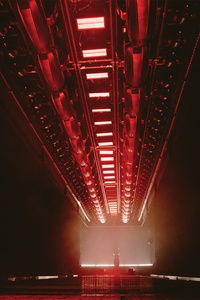
JG: In part, your work modifies the interior architecture of large stages and arenas. Are you in any way inspired by that architecture?
BD: Yeah, totally. [In] my work with Post Malone, we did a lot of work with references to bridges and public outdoor spaces. Those ribbons were turned into light, not into visual content or anything like that, but positions where the lights were focused in the arena. The Post Malone show, in particular, was one that we wanted to remove all traditional ideas around what a light show could be. And that was especially important as there was not much visual content in the show. There was one man on stage the whole time; there was no band, and there were no dancers or special effects, essentially. It was up to the lighting and the kinds of shapes and architecture that we could create that made the show.
JG: Your work is also quite bound by the rhythm and the music of those you work with. How do you translate music into lighting design?
BD: Growing up playing drums, and having an understanding of music and beats and different time signatures has been important. Rhythm is one part of it but I think it is important to listen to different sounds and decide how they could be better accented with lights; you can do that with colour. To me, when I hear a song, I instantly know that, if it sounds choppy, I’ll do a certain type of motion or, if it is smooth, I will do another type.
JG: In what ways do lighting and identity intersect? How easy or difficult is it to construct personality on stage?
BD: That is an important part of what I try and do as a lighting designer. I think lighting design is so broad and, when you are working with a range of musical artists, it is easy to fall into the trap of just doing what you do as a lighting designer. I always try and push past what I see as my first instinct to do what I feel could match the artist’s personality. Lighting a person, especially a female, is really tricky. [When I] worked with Janet Jackson, that was a really big part of how we made her look as good as possible. You can push and pull emotion by lighting someone in certain ways.
JG: Is there a formula for eliciting sensation through light?
BD: You can use light to build suspense and then release it. It is a very powerful feeling when you go from using a single light to using every light that you have available and that is something that I try and do often and in unique ways. The best shows are the ones that don’t use every bit of equipment you have at once. The best show is the one that uses the tools for different jobs.
JG: How do you think lighting affects the ways in which we experience space?
BD: I think that the different kinds of lights that are being used at the moment, especially LED technology, are really changing how spaces are lit. I recently had a dinner in Las Vegas at Mr Chow, and they had an amazing art installation that was hanging over the dining room; it moved throughout the dinner but it was lit with LED. These LEDs were obviously of low quality because they were flicking and changing colour at random and the waiter kept on looking at them as though they were a problem. At the moment, we are at an interesting place where LED technology is becoming so widely used but, maybe, the robustness of it and how it works day to day could still be improved.
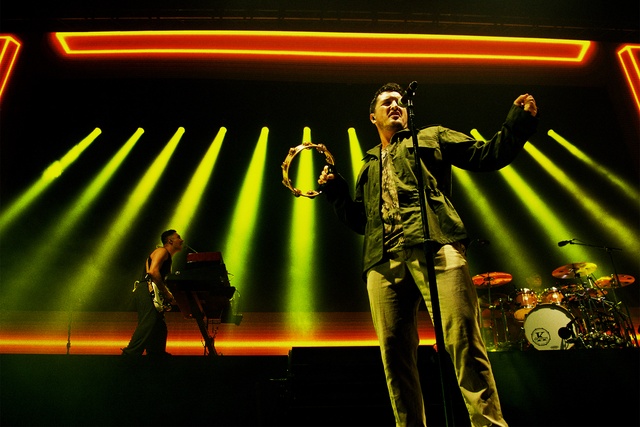
JG: Are there any new technologies you feel might change lighting design in the future?
BD: There is a brand-new light called the Xtylos, which is a laser source. It is the first one of its kind that does what a laser does best, which is colour. Normally, when you use a traditional light, the weakest colours are red, green and blue. On this device, it is the opposite; these are the strongest colours. White, which is the brightest colour on a traditional fixture, is the weakest colour.
JG: What industry trends are you seeing in lighting at the moment?
BD: There is a big movement now to remove tungsten light sources from everything. I think that is a real shame. Obviously, there are environmental issues that go along with tungsten but I think the quality of people’s lives and how they feel when they walk into a room are important.
Do you think your work can be translated or used in any way within commercial interior spaces?
BD: Yeah. A lot of what we are trying to do is not just to design shows but to design spaces that are used more than once. I think that a lot of my work in lighting design is based around [this].
JG: In previous interviews, you’ve mentioned taking into consideration social media – making sure shows are lit with cellphone photography in mind. Are there special considerations you need to make?
BD: Now that everyone is putting every moment of a show on the internet or on Instagram, there has to be a real focus on how it looks on that device. A lot of that comes down to light and balancing levels and video, especially; LED video is, essentially, a large light source so we spent a lot of time really dialling it in just simply by looking through our own phones. [Social media] is where our clients see the show first, normally; it is through their fans and their fans have those phones and put the whole show up [online]. We must make sure that what the artist is seeing after the first night of a concert is represented in what it actually is and how it feels.

